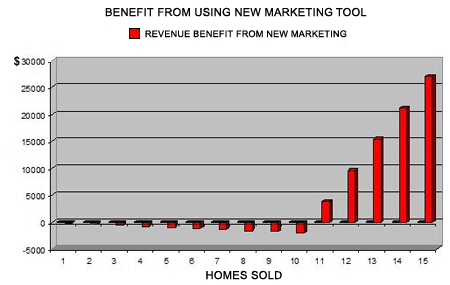The title for this post was from an actual listing description. Apparently, the selling agent thought it would grab attention and draw traffic to the house. I’m sure it did. The title certainly caught my attention and I’d like to see more about this listing based on the title alone.
The Seattle PI posted an about the listing description, and the fact that sellers are getting much more creative with their choice of words due to the down market. The article provided some classic examples and their English translations.
A few of my favorites:
- 2+ bedrooms: The room in the basement isn’t a legal bedroom
- Motivated seller: They need to sell before they default on their mortgage
- Cozy: Tiny
Skyline Properties agent Ira Sacharoff is blunt in his assessment of listing descriptions: “They’re mostly lies.” Another agent was quoted as saying that some listing descriptions are “entirely bull.”
I am not one opposed to creative marketing. Just see these examples of marketing pieces that I sent out when starting my website design business back in 2005. Both of these postcards were very effective in jump starting my business.
But creativity does not trump honesty. When it comes down to it, buyers of real estate want as much information as possible about listings they preview online. With that information, they can decide which listings are worth visiting in person. Don’t waste their time with BS descriptions and misleading information.
The last thing a buyer needs is to find a listing that looks & sounds great online, but turns out to be a bunch of exaggerations and a big waste of time. The seller may be focusing on the quantity of people that walk through the front door, but isn’t the quality of those leads more important?

